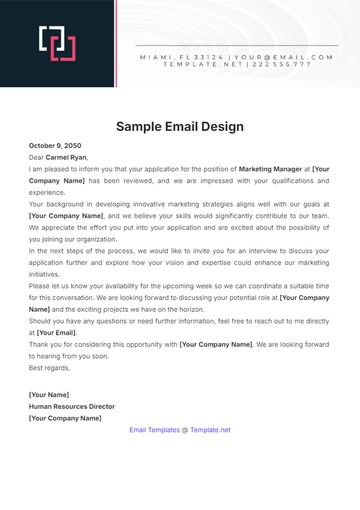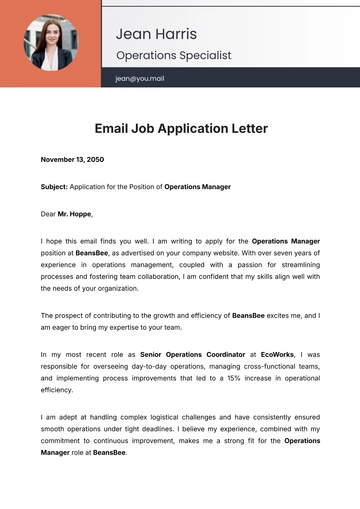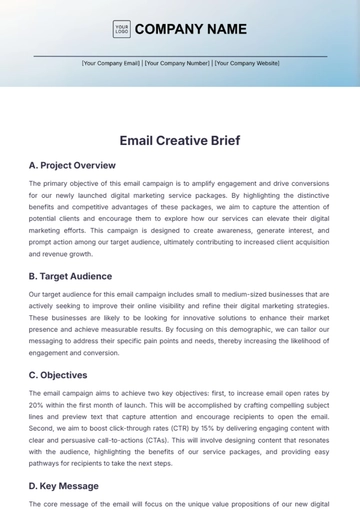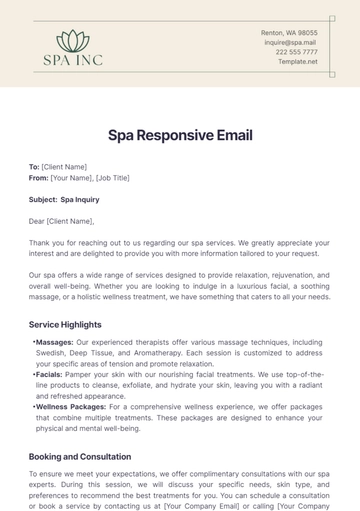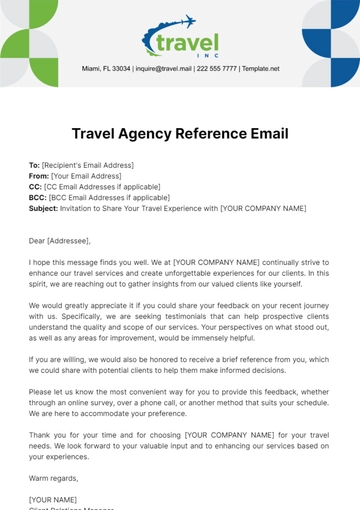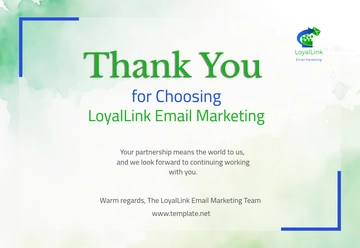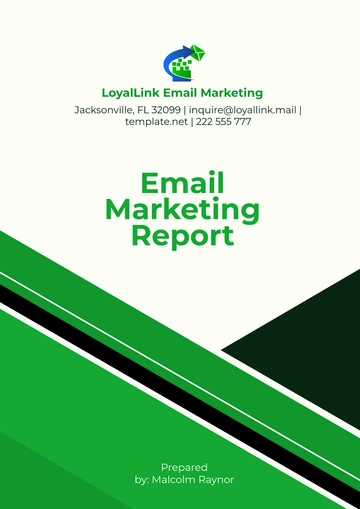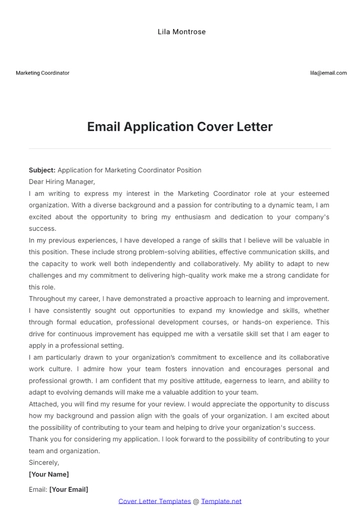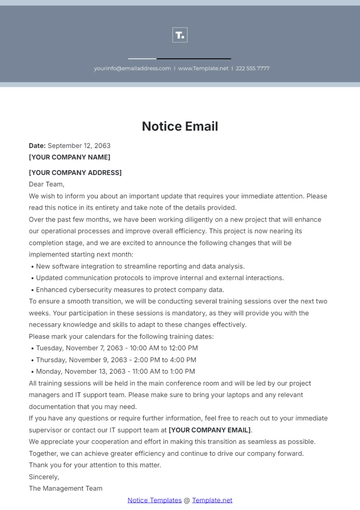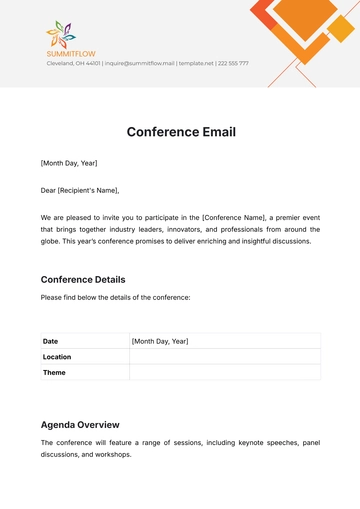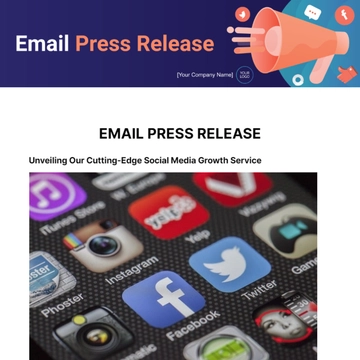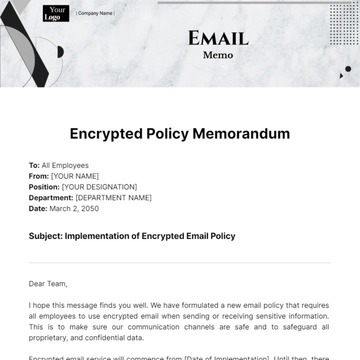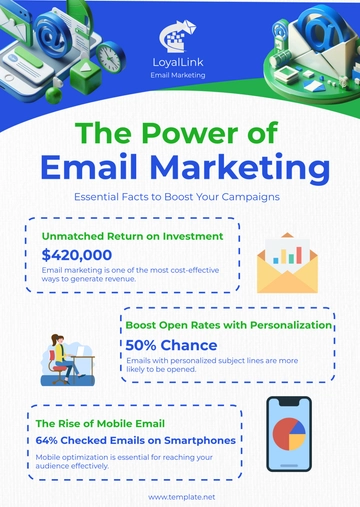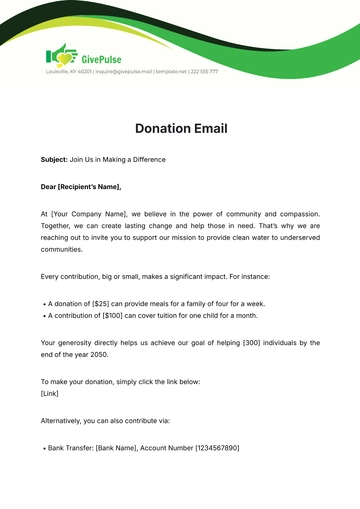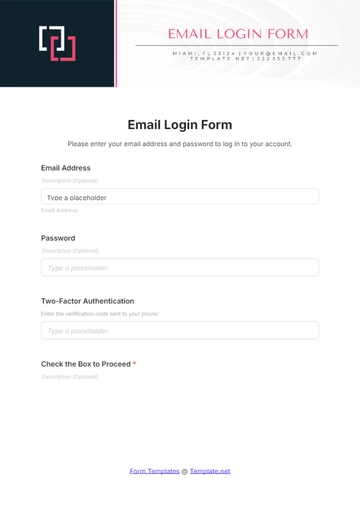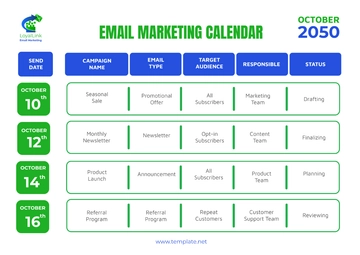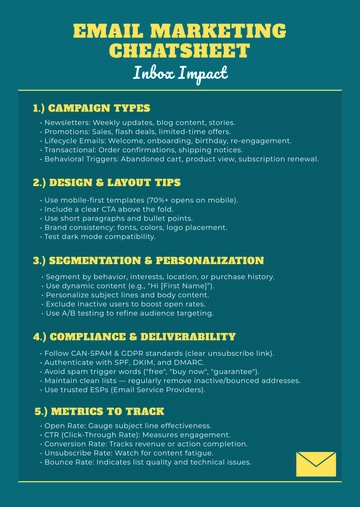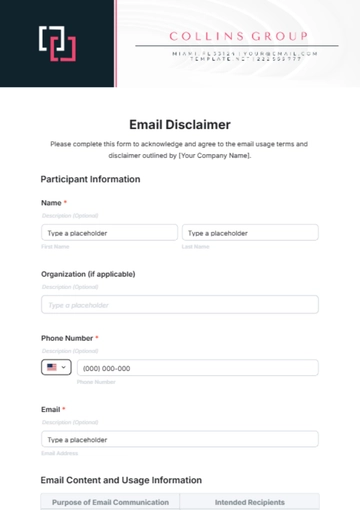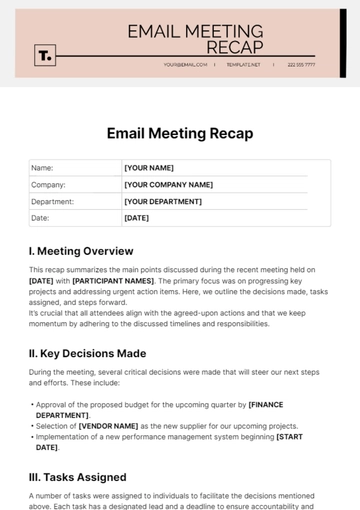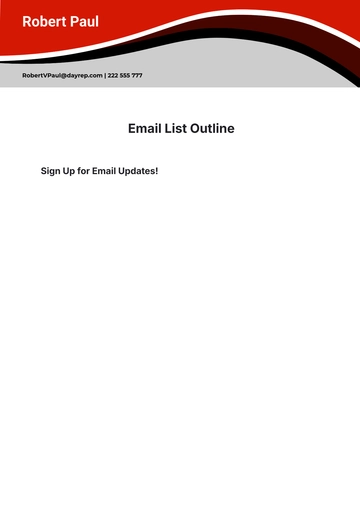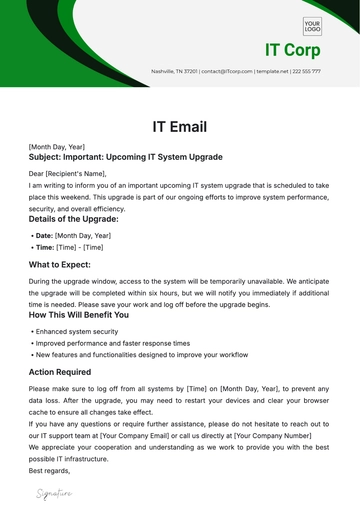Free Email Marketing Protocol for Handling Complaints
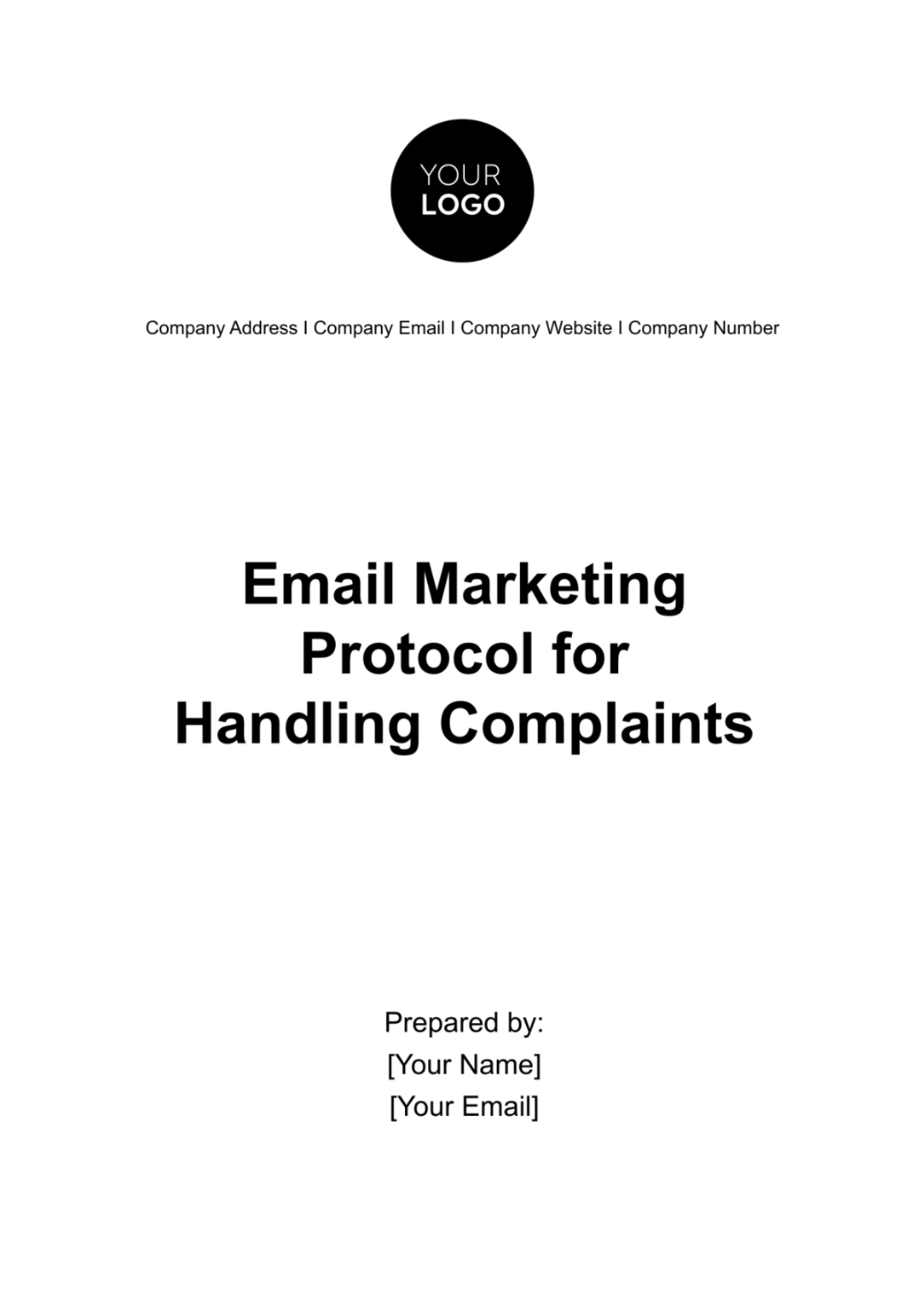
1. Introduction
In the fast-paced and digitally connected world of email marketing, it's inevitable that issues may arise that lead to customer complaints. Whether it's a technical glitch, a misunderstanding, or an error, the way these complaints are handled can significantly impact both the customer's experience and the overall perception of [Your Company Name]. Recognizing this, we have developed a comprehensive protocol to address and resolve complaints in a manner that aligns with our commitment to customer satisfaction and regulatory compliance.
This protocol serves as a structured framework that standardizes the process of receiving, acknowledging, investigating, and resolving complaints associated with our email marketing activities. The objective is to ensure a consistent, fair, and transparent approach to managing complaints, thereby safeguarding our brand's reputation. The guidelines outlined here are intended to be followed by all staff involved in the email marketing process, ensuring that we adhere to the highest standards of integrity and customer service.
2. Objectives
Effective complaint management is an integral part of any business, especially in the digital marketing realm where customer interaction is frequent and widespread. Therefore, it's imperative to have clear objectives that guide our approach to handling email marketing complaints. Below are the key objectives of this protocol:
Timely Acknowledgement and Resolution of Complaints. One of the primary objectives of this protocol is to ensure that all complaints are acknowledged promptly. Quick acknowledgement not only assures the complainant that their issue is being addressed but also paves the way for a swift resolution. Delayed or poor response can exacerbate the situation and harm the brand's reputation. Therefore, this protocol outlines specific timelines and processes for acknowledging and resolving customer complaints.
Maintaining Transparency in the Complaint Resolution Process. Transparency is essential when handling complaints to build and maintain trust with the customer. The complainant should be kept informed at every stage of the complaint resolution process, from acknowledgment to investigation and finally to resolution. This protocol details the steps that should be taken to maintain complete transparency, including regular updates to the complainant and clear documentation of actions taken.
Learning from Each Complaint to Improve Future Email Marketing Efforts. Every complaint is a learning opportunity. The objective here is not just to resolve the issue at hand but also to understand the underlying problems that led to the complaint in the first place. By doing so, we can implement changes in our email marketing strategies to prevent similar issues from arising in the future. This protocol includes guidelines for logging complaints and outcomes, analyzing this data, and making appropriate adjustments to email marketing practices accordingly.
3. Definitions
In the realm of email marketing, certain terms are critical to understand when dealing with customer complaints. These terms serve as the foundation of this protocol and ensure that everyone involved—be it the marketing team, customer service agents, or the complainants themselves—has a shared understanding of what each term represents. This aids in streamlining the complaint handling process and ensures consistency in communication. Below is a table defining these key terms:
Term | Definition |
Complaint | An expression of dissatisfaction received from a customer or stakeholder specifically related to an email marketing campaign. This can range from issues with content and frequency to technical problems such as broken links or incorrect information. |
Acknowledgment | The initial response provided to the complainant within a specified time frame (as outlined in this protocol), confirming that their complaint has been received and is under review. This can be an automated response or a personalized message, depending on the severity and complexity of the complaint. |
Resolution | The final outcome of the complaint procedure, which aims to resolve the complainant's issue to their satisfaction. This could mean rectifying the problem, offering an explanation, or sometimes, making reparations. Resolution also includes informing the complainant of the steps taken to solve the issue. |
Escalation | When a complaint is not resolved to the satisfaction of the complainant within a specified timeframe or requires higher-level intervention, it is escalated to the next level of authority. |
Case Number | A unique identification number assigned to each complaint for tracking and record-keeping purposes. |
Follow-up | The act of contacting the complainant after the complaint has been resolved to ensure that they are satisfied with the resolution and to gather feedback for continual improvement. |
By clearly defining these terms, this protocol aims to create a unified language for effective complaint management in the context of email marketing.
4. Complaint Handling Procedure
The procedure for handling complaints related to email marketing is a systematic sequence of steps that are designed to resolve issues effectively and in a timely manner. This ensures that the complainants feel heard and that their concerns are taken seriously. Below are the essential phases involved:
Receipt of Complaints. All complaints related to email marketing should be directed to [Customer Service Email]. This centralized point of contact ensures that no complaint is missed and that there is a formal, traceable record of each complaint. As part of the initial receipt, each complaint should be assigned a unique Case Number for easier tracking and management.
Acknowledgment. Upon receipt, all complaints must be acknowledged within 24 hours. This is crucial to demonstrate that [Your Company Name] is proactive and committed to resolving customer issues. The acknowledgment should be more than a simple automated message; it should briefly outline the next steps in the resolution process and provide an approximate timeframe for these actions. The acknowledgment should also mention the unique Case Number assigned to the complaint for future reference.
Investigation. After acknowledging the complaint, a preliminary investigation should commence to understand the nature and validity of the issue. This involves examining the email campaign in question, reviewing any specific instances cited in the complaint, and possibly consulting with the marketing team responsible for the campaign.
Resolution. Post-investigation, an appropriate course of action should be decided upon to resolve the complaint. Depending on its nature, this could involve an apology, a correction of an error, or other remedial measures. The complainant should be informed of the resolution steps taken and, wherever applicable, any changes that will be implemented to prevent similar issues in the future.
Follow-up. After the resolution has been communicated, a follow-up should be conducted within a specified period (e.g., one week) to ensure that the complainant is satisfied with the outcome and to gather feedback for continuous improvement.
By adhering to these steps, [Your Company Name] aims to maintain a high level of customer satisfaction while continuously improving its email marketing initiatives.
5. Escalation Process
The escalation process serves as an additional layer of assurance for complainants, indicating that [Your Company Name] takes every complaint seriously and is committed to resolving issues satisfactorily. This mechanism ensures that unresolved or complex complaints receive the attention and resolution they deserve. Here are the key steps:
Initial Escalation. If a complaint is not resolved within the initially stipulated time frame—perhaps due to its complexity or the need for additional investigation—it will automatically be escalated to [Higher Authority Name]. The Higher Authority may be a senior customer service manager, head of the email marketing department, or even a C-level executive, depending on the severity and nature of the complaint.
Notification. Upon escalation, both the complainant and the initial complaint handler will be notified. The notification will explain the reason for escalation and provide a new timeframe for resolution, reassuring the complainant that their issue is receiving elevated attention.
Review. The Higher Authority will review the complaint, the steps taken during the initial phase, and any correspondence between [Your Company Name] and the complainant. This comprehensive review aims to ensure that all angles have been considered and to determine the most appropriate course of action.
Decision. After a thorough review, the Higher Authority will make a final decision on how to resolve the complaint. This could include overruling previous decisions if deemed necessary. The complainant will be informed of this decision and the rationale behind it, to maintain transparency.
Documentation. All actions taken during the escalation process, including the final decision and any communication, will be documented meticulously. This serves as a record for future reference and can also be used for internal training and process improvement.
Final Follow-Up. Similar to the initial complaint process, a final follow-up will be conducted to ensure that the complainant is satisfied with the resolution after escalation. Their feedback will be solicited for continuous improvement of the complaint handling and escalation processes.
Through this structured escalation process, [Your Company Name] aims to resolve all complaints to the complete satisfaction of its customers, thereby safeguarding the company's reputation and integrity in its email marketing efforts.
6. Reporting and Analysis
The reporting and analysis section of this protocol is critical for evaluating the efficacy of our complaint-handling procedures and for making data-driven improvements to our email marketing efforts. This section lays out key metrics that will be monitored, their descriptions, and how often these metrics will be reviewed.
Metric | Description | Frequency |
Number of Complaints | Total number of received complaints | Monthly |
Resolution Time | Average time taken to resolve complaints | Monthly |
7. Compliance and Regulations
Adherence to legal standards is not just an ethical obligation but a critical component that underpins the trustworthiness of our email marketing initiatives at [Your Company Name]. In this light, our complaint-handling protocol aligns itself stringently with the requirements and stipulations of relevant laws and regulations, namely the CAN-SPAM Act and the General Data Protection Regulation (GDPR).
A. CAN-SPAM Act
The Controlling the Assault of Non-Solicited Pornography And Marketing (CAN-SPAM) Act is a U.S. law that governs commercial emails. Our commitment to the CAN-SPAM Act mandates that we maintain a transparent, truthful, and non-deceptive approach in all email correspondences, including those related to complaints. When a complaint is received, any subsequent communication must clearly and conspicuously include a way for the receiver to opt out of future emails. Failure to comply with these regulations can result not just in a tarnished reputation but also in hefty financial penalties.
B. General Data Protection Regulation (GDPR)
As an entity that might cater to or interact with EU citizens, understanding and complying with GDPR is paramount. GDPR imposes stringent requirements on how personal data should be handled. When managing email marketing complaints, we are cautious to ensure that all customer data is processed and stored securely. Further, GDPR insists on the 'Right to Be Forgotten,' which means that if a complainant chooses to disengage with our services, their data must be permanently deleted, unless there's a lawful reason for retaining it.
Maintaining a legal compliance framework is an ongoing process, requiring regular audits and training sessions for staff. We recognize the need for a multi-disciplinary approach, involving our legal, compliance, and marketing teams, to routinely update our practices in line with any changes to these regulations. Doing so minimizes the risk of non-compliance, which can incur severe legal penalties and loss of customer trust, significantly affecting the overall effectiveness and credibility of our email marketing initiatives.
By upholding these regulations to the highest degree, we aim to foster an environment of trust, both internally and with our clientele, thereby ensuring the sustainability and effectiveness of our email marketing efforts.
8. Audits and Reviews
At [Your Company Name], the importance of maintaining the highest standards of complaint resolution cannot be overstated. It's an essential aspect of our customer service commitment, ensuring a high level of consumer satisfaction, and it has a direct impact on the brand's reputation. To maintain these high standards, a robust internal auditing and review mechanism is firmly in place. This ensures that our Email Marketing Protocol for Handling Complaints is not just a document but a living strategy that adapts and evolves.
A. Semi-Annual Review Frequency
A comprehensive internal review will be conducted semi-annually, without fail. The choice of a semi-annual frequency allows us to be nimble, making swift corrections if needed, while also giving us a substantial amount of data to work with for each review. This six-month period aligns well with our broader corporate strategies, thereby facilitating the seamless integration of any changes into the overall plan.
B. Evaluation Metrics
The semi-annual audits will assess a variety of metrics such as the total number of complaints received, the time taken for acknowledgment and resolution, and customer satisfaction levels post-resolution. This will allow us to pinpoint both the strong areas and the areas in need of improvement in our complaint handling procedures.
C. Cross-Departmental Involvement
To ensure a holistic evaluation, these reviews will involve cross-departmental teams consisting of customer service representatives, legal advisors, compliance officers, and marketing professionals. This multi-disciplinary approach ensures that we examine the process from every conceivable angle, making sure it aligns with not only customer expectations but also legal mandates and corporate goals.
D. Review Report and Action Plan
Upon the completion of each audit, a detailed report will be generated, summarizing the findings and recommending actionable steps. The objective is to iterate upon existing processes, continually raising the bar for customer service excellence.
E. Accountability and Transparency
The findings of each semi-annual audit will be shared with key stakeholders, ensuring complete transparency. An action plan will be developed to implement any necessary changes, with clear timelines and accountable parties assigned for each task.
By adhering to this rigorous auditing and review schedule, we aim to create a complaint handling system that is efficient, effective, and most importantly, centered around our customer's needs.
9. Policy Violations
Compliance with this Email Marketing Protocol for Handling Complaints is mandatory for all employees engaged in email marketing activities at [Your Company Name]. Any violation of the guidelines or procedures outlined in this protocol is considered a serious offense. Violations may result in disciplinary actions, which can range from written warnings and mandatory retraining to more severe penalties such as suspension or even termination of employment. The disciplinary action taken will be commensurate with the severity and frequency of the violation. This strict adherence to protocol is essential for maintaining the integrity of our email marketing operations, ensuring compliance with legal standards, and upholding our commitment to delivering excellent customer service. Therefore, it is imperative that all team members understand and abide by this protocol to preserve the company's reputation and customer trust.
10. Conclusion
This Email Marketing Protocol for Handling Complaints serves as a living, evolving document intended to meet the demands of our ever-changing business landscape and the email marketing ecosystem. To ensure its continued relevance and efficacy, this protocol will be reviewed and potentially updated on at least an annual basis. These reviews will take into account any new legal developments, technological advancements, as well as insights gained from the complaint handling process itself. The goal is to continuously refine our approaches to complaint management, thereby maintaining the highest standards of customer service and legal compliance. By doing so, we aim to safeguard [Your Company Name]'s reputation and sustain long-term relationships with our email subscribers.
11. Appendices
Appendix A: Sample complaint form
Appendix B: Escalation matrix
For further details, please contact [Your Company Number].
- 100% Customizable, free editor
- Access 1 Million+ Templates, photo’s & graphics
- Download or share as a template
- Click and replace photos, graphics, text, backgrounds
- Resize, crop, AI write & more
- Access advanced editor
Efficiently manage complaints with the Email Marketing Protocol for Handling Complaints Template, available on Template.net. This editable and customizable resource streamlines response protocols. Easily adapt procedures with our Ai Editor Tool, ensuring tailored solutions. Elevate your email marketing strategy with precision and professionalism, resolving issues promptly for enhanced customer satisfaction.


